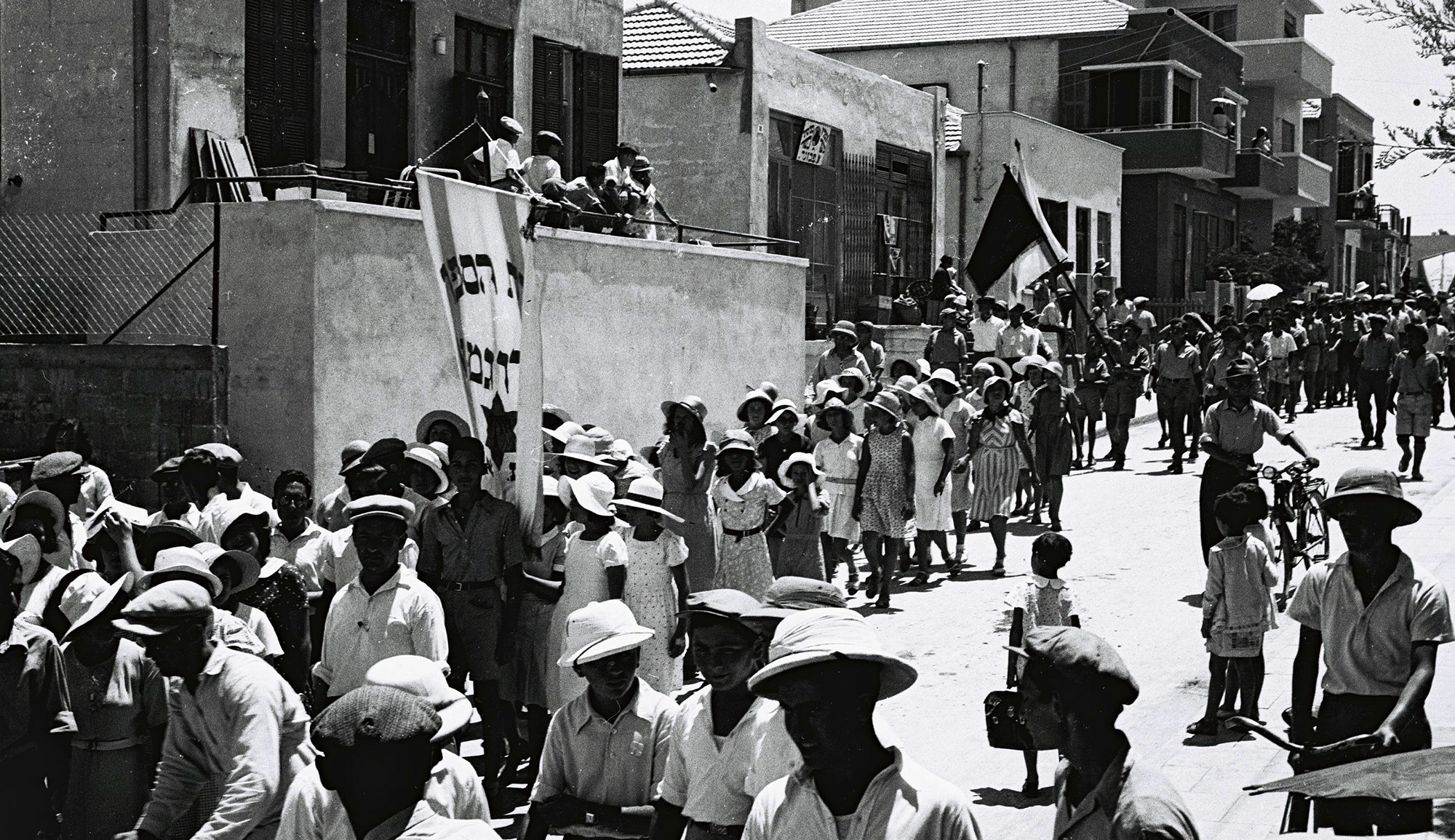To the late Bezalel Narkiss—for many years the acknowledged dean of the history of Jewish art—any depiction of animals in medieval Jewish manuscripts was merely decorative, a case of borrowing from non-Jewish iconography devoid of any specific symbolism. Marc Michael Epstein takes the opposite position, one he first arrived at thanks to a single illustration, as he writes:
[At] the Israel Museum, I saw a magnificent 15th-century Ashkenazi siddur open to the folio containing the powerful first phrase of the tractate known as “Ethics of the Fathers”: “Moses received the Torah at Sinai, and transmitted it to Joshua, Joshua [transmitted it] to the Elders, and the Elders to the Men of the Great Assembly.” The word Moses was elaborately illuminated, and above it stood a black dog, relatively large given the [overall] size of the page. . . .
Dogs abound in medieval Jewish manuscripts. Lapdogs accompany Pharaoh and the Egyptians in the Rylands Haggadah (Catalonia, 14th century). In the Kaufmann Haggadah (Iberia, second half of the 14th century), a tongueless dog barks representing the effects of God’s redeeming power during the Exodus when “not a dog shall whet his tongue at the Children of Israel” (Exodus 11:6–7). A dog chases a hare in another example, right under the rubric, “And the Egyptians pressured us” (Sarajevo Haggadah, Aragon, c. 1320–1335). In all of these cases, the dog is clearly a symbol for the Egyptians, or the enemies of the Jews more generally. . . .
The typical range of meanings for dogs—hunters, pursuers, enemies—is corroborated in Jewish texts. There, dogs represent, for the most part, the pursuing, rapacious enemies of the Jews. “Dogs surround me; a pack of evil ones closes in on me” (Psalms 22:17). How are we, then, to understand a black dog atop the word “Moses”? . . .
[I]f this particular dog is “read” according to the traditions of medieval animal lore and of common wisdom, what better metaphor could we have for the loyal transmission of the divine mandate from generation to generation than the loyal and obedient dog? And what better symbol for Moses himself, called by God “faithful throughout My household” (Numbers 12:7)?
More about: Dogs, Jewish art, Manuscripts, Prayer books, Talmud


